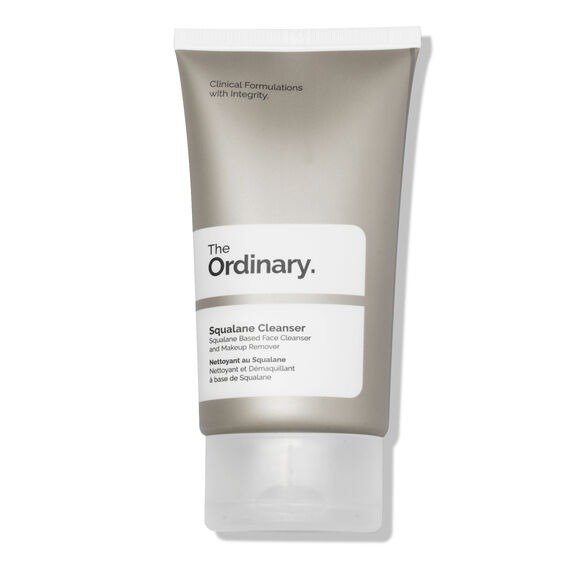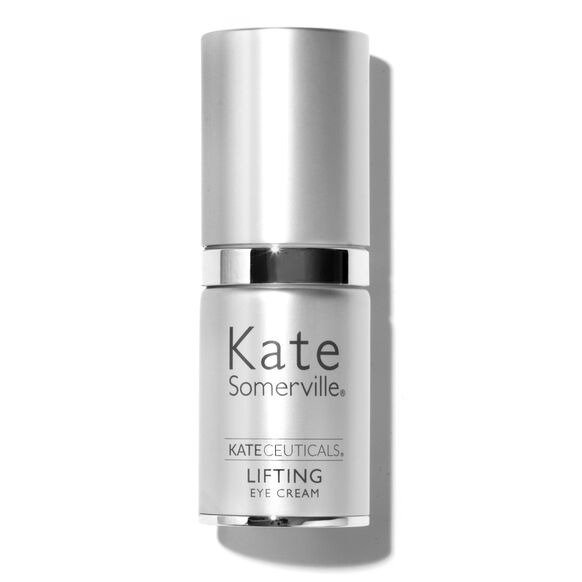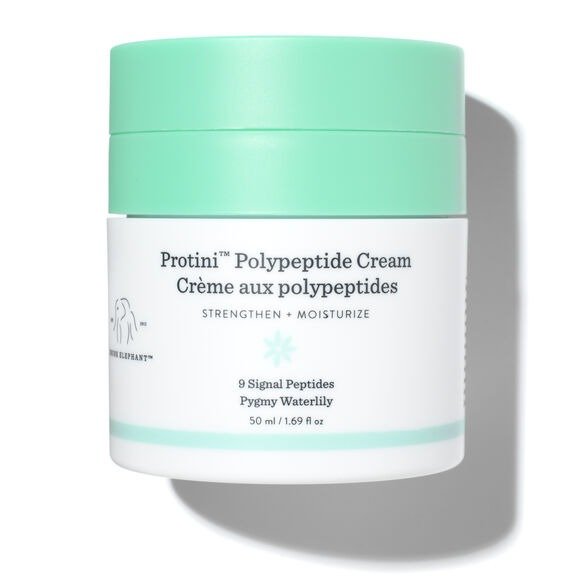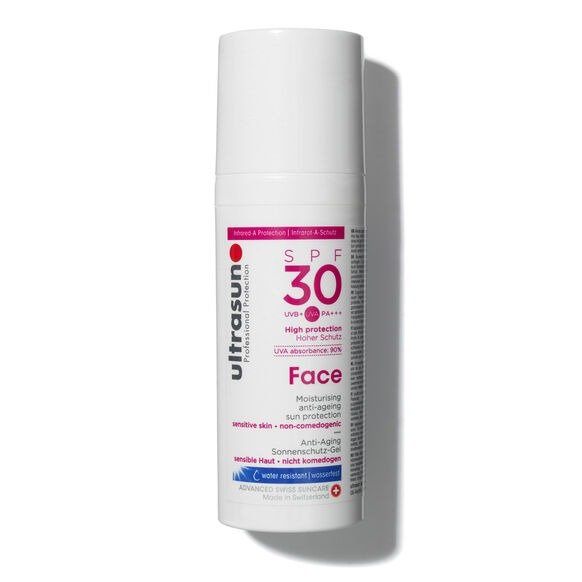How To Layer Your Skincare Products For Optimal Results
Skincare is essential for maintaining a healthy and glowing complexion. However, many of us are not aware of how to properly layer our skincare products in order to maximize their effects.
Before we talk about application, we need to decide which products you actually need in your routine. While everyone’s skin type is different and will require different types of products, there are some basics that everyone should include.
Cleanser is an essential part of any skincare routine as it helps remove dirt and impurities from the skin while also prepping it for other skincare products
Some people swear by toner to helps balance out pH levels while also providing hydration, others think its unnecessary and skip it altogether
Essences help brighten and nourish
Serums are great for targeting specific skin concerns such as wrinkles or dark spots
Moisturizers help keep your skin hydrated
Eye creams help reduce puffiness and dark circles
SPF is a non negotiable to prevent further skin damage
Facial oils help lock in moisture while providing antioxidants to protect against environmental damage.
Oof that was a lot. But, you’re still reading, so let’s get on with how to put all this gunk on your face.
Importance of Layering Order
Step 1: start with clean skin!
Make sure to wash away all dirt, oils, and debris that may be clogging up your pores or blocking any of the active ingredients from being absorbed into your skin before applying anything else. We big fans of a double cleanse to make sure we thoroughly get rid of any makeup and sunscreen. Start by applying Bioderma Micellar Water to a cotton pad and sweeping across the face, then follow up by massaging The Ordinary Squalane Cleanser into the skin before rinsing off with lukewarm water.
Once you’ve cleansed thoroughly, use a toner if you’re a toner sort of person. Insider secret — at But More Importantly we haven’t used a toner since like… 2004.
Step 2: Now we get into essences and serums.
An essence is packed with actives, as is serum. But because essence is less viscous (it's consistency is like water), you want to apply that first. Opt for products that are more concentrated and contain higher levels of active ingredients like Vitamin C or hyaluronic acid. This step is also where you would apply any targeted treatments such as anti-aging creams, acne spot treatments, and brightening agents. These should be used sparingly and only once the other layers have been absorbed into the skin. For more budget friendly options, Cerave is always a great bet but if you wanna splurge, you gotta Tatcha.
Step 3: Eye Creams
Are they a scam, just moisturizer shoved into a tiny jar? Maybe. Are they miracle products that must, must, must be used in order to avoid your eyes becoming a crêpey mess? Maybe. The skincare community jury is still out on this one so we’ll leave it up to you to decide. When we do use eye cream, we opt for…
Step 4: Moisturizing
This step is key. You can use a basic, lightweight lotion or cream to lock in moisture. Noticing a Tatcha theme going on? the texture of the dewy skin cream is sublime and drunk elephant's polypeptide cream keeps us plump.
Step 5: Sun Protection
Once you’ve completed these steps, it’s time to layer on some SPF. This is the last – and arguably most important- step in your skincare routine, so do not skip it! Make sure to choose a sunscreen that has broad spectrum protection and an SPF of at least 30 if you’re going outside. You don’t have to go fancy here - just make sure to apply SPf every goddam day.
Step 6 (Maybe): Facial Oils
Some people absolutely love facial oils, and we’ve been known to dabble ourselves, but it’s important to know they can interfere with the efficacy of your SPF. Because of this, we would recommend avoiding using them during the day, unless you’re going to be hanging out at home the whole time. To get our faces as slick as a WWE wrestler, we opt for:
Specific Concerns
It's important to remember that not all skin is created equal. Our skin's needs can vary greatly depending on whether it's prone to acne, aging, sensitivity, or dryness. For acne-prone skin, opt for oil-free, non-comedogenic products that won't clog pores. Those with aging skin should look for products rich in antioxidants and retinoids, which can help stimulate collagen production and reduce the appearance of fine lines. Sensitive skin types may benefit from fragrance-free, hypoallergenic products, and if your skin is dry or dehydrated, look for ingredients like hyaluronic acid that can provide intense hydration.
Tips for Smooth Application
Getting the most out of your skincare routine isn't just about what products you use, but how you apply them. Start by applying your products in order of viscosity, from lightest to heaviest. This will ensure that each product gets absorbed properly. Give each layer time to sink into your skin before moving on to the next to avoid pilling. And remember, it's better to gently press products into your skin rather than rub, to prevent irritation and ensure maximum absorption.
Common Layering Mistakes
Avoid common skincare missteps for the best results. Applying too many products can overwhelm your skin and reduce the efficacy of each product. Be mindful of the order in which you apply your products; incorrect formulation order can prevent your skin from reaping the full benefits. Lastly, don't rush your routine. Each product needs time to sink in before you move on to the next layer. Be patient, and your skin will thank you.
A TL;DR Recap
Start by cleansing your face with a gentle cleanser suitable for your skin type (e.g., if you have oily/acne-prone skin use a gel cleanser).
Next, for toner people, apply a toner using a cotton pad or just your hands if you prefer not to use one - some say this helps balance out the pH levels of your skin after cleansing so that other skincare products can be more effective afterwards.
Then move on to essences or serums depending on what types of active ingredients you need (e.g., if you want anti-aging ingredients like retinol). Spot treatments can also be used at this stage if needed (e.g., acne spot treatments).
After this, apply eye creams followed by moisturizers before finally finishing off with facial oils if desired or, more likely than not, an SPF.
Generally, the rule is start with the thinnest product and end with the thickest one. It’s also important to note that you should apply each product in a gentle patting motion rather than rubbing it onto your skin as this can irritate or damage it.
Layering your skincare products can seem overwhelming, but it doesn’t have to be. We hope these tips on how to effectively layer your skincare products help get you started on the path towards achieving healthier skin. With this info under your belt, we hope that layering your skincare routine becomes easier than ever before!



























